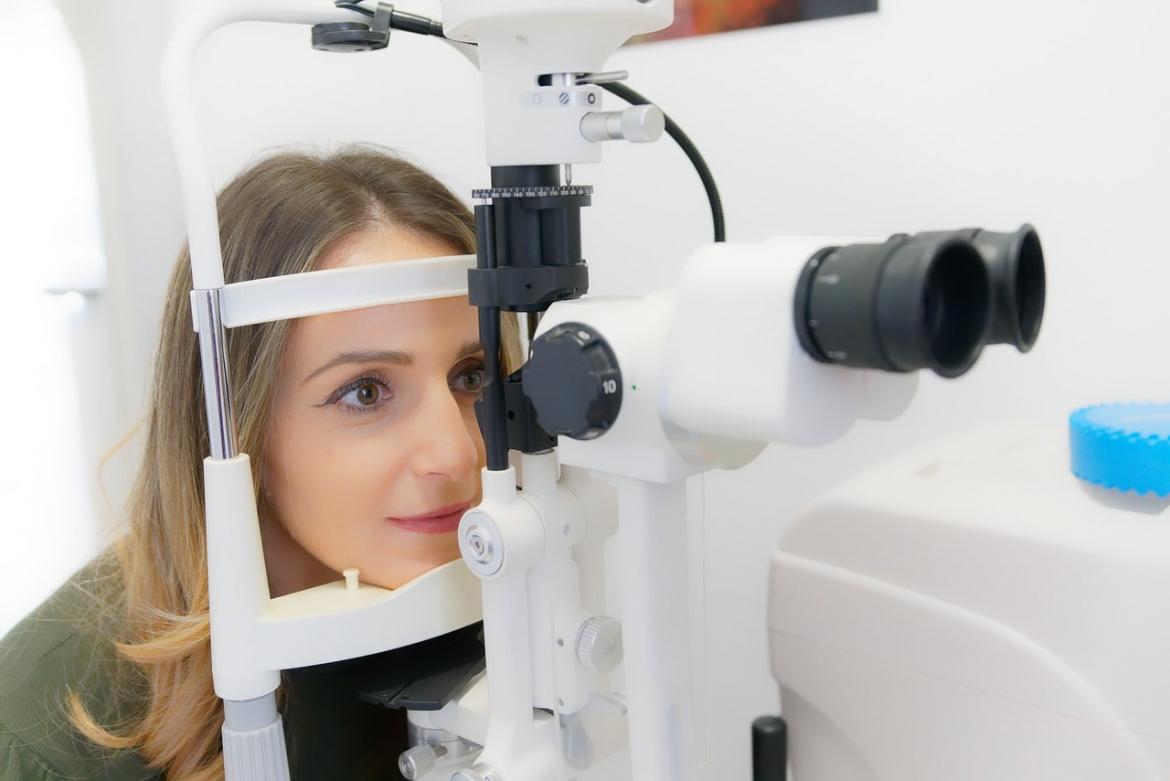iStent and Cataract Surgery – Comparisons of Outcomes

The iStent is a tiny, titanium stent that can be used at the time of cataract surgery to help reduce intraocular pressure for people with glaucoma. The smallest device used in medicine, it is inserted into the eye’s natural outflow pathway, the trabecular meshwork, to enhance outflow of fluid from the eye and hence reduce the eye’s pressure. Two are typically used at the time of cataract surgery – they have been shown to reduce intraocular pressure over the long term, and reduce people’s requirements for topical eyedrops for glaucoma. The latter is particularly important, as long term eye drops can aggravate the surface of the eye, causing red, irritated eyes and a long term dry eye syndrome.
There have been dozens of clinical studies world wide evaluating the outcomes of iStents at the time of cataract surgery, some of which A/Prof Skalicky is proud to have contributed to:
-
Clement C, Howes F, Ioannidis AS, Shiu M, Manning D, Lusthaus J, Lim R, Skalicky SE, Goodwin T. Two-Year Multicenter Outcomes of iStent inject Trabecular Micro-Bypass Stents Combined with Phacoemulsification in Various Types of Glaucoma and Ocular Hypertension. Clin Ophthalmol 2020 24;14:3507-17
-
Salby AM, Skalicky SE. Combined iStent inject trabecular micro-bypass and phacoemulsification in Australian patients with open angle glaucoma. Clinical Ophthalmology 2020;14:985-993
These studies have found that while cataract surgery alone can reduce intraocular pressure a little, the use of iStents at the time of cataract surgery provides a more profound reduction in intraocular pressure and reduction of topical drops for glaucoma.
People often ask if the iStent causes any problems at the time of cataract surgery. Pleasingly the safety profile of the iStent is very good. While it may slightly increase the chance of bleeding in the front of the eye after cataract surgery, this resolves quickly without consequence, and the stents do not generally have problems of erosion or blockage. Being titanium they are perfectly safe when MRI scans are performed and do not cause problem with metal-detecting scans at airports.